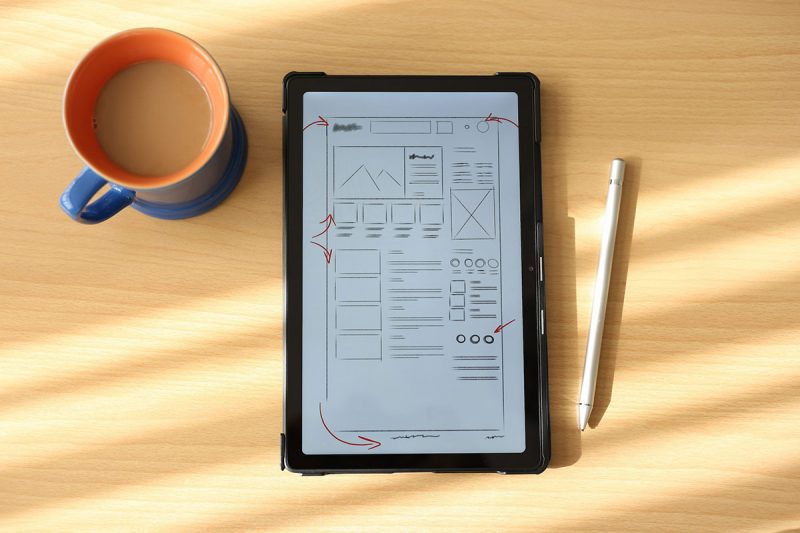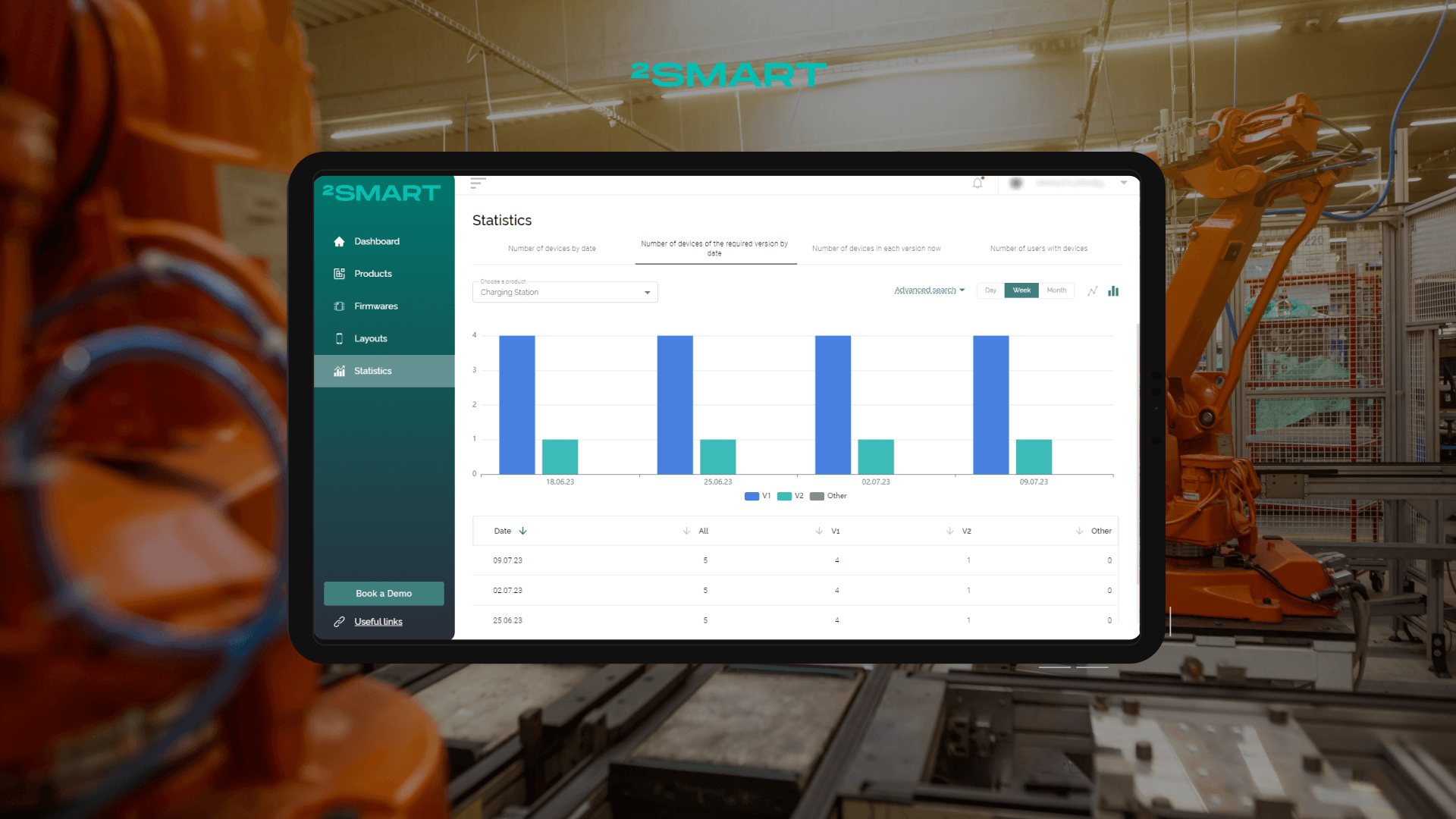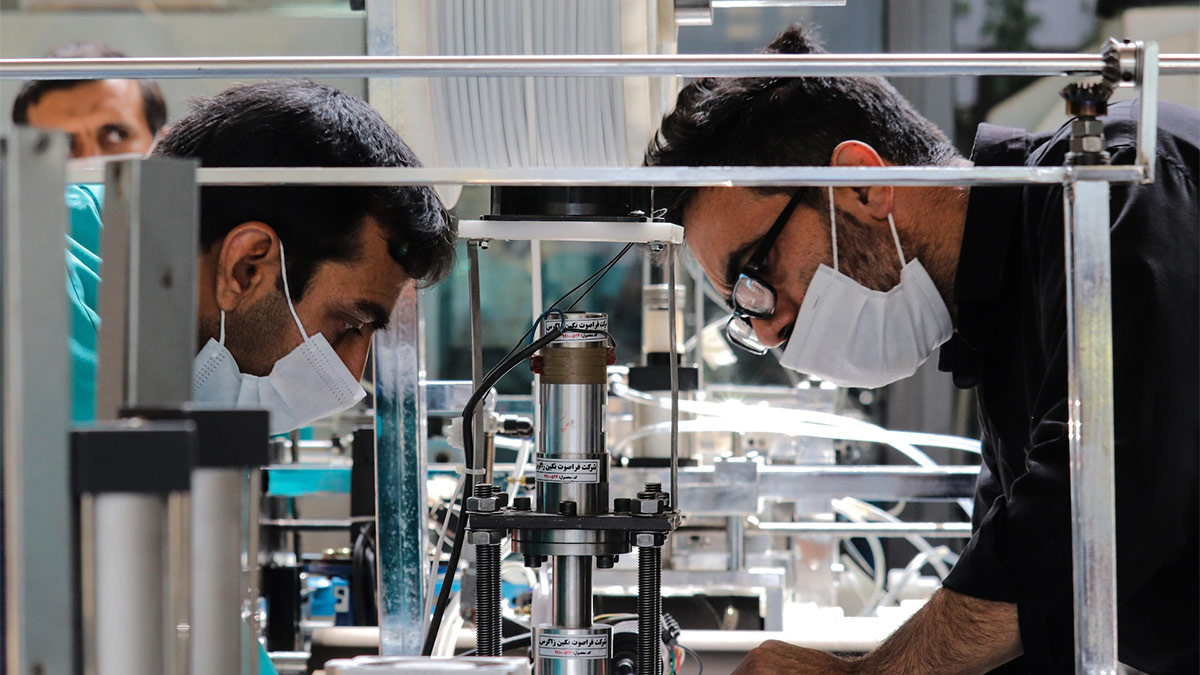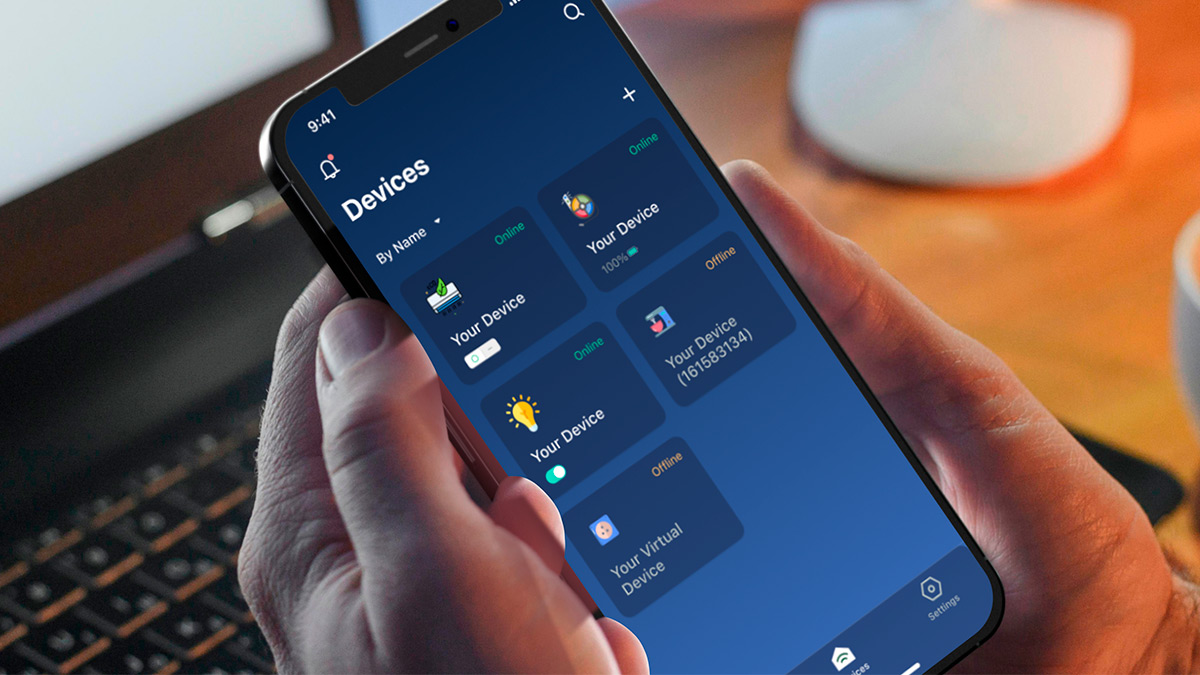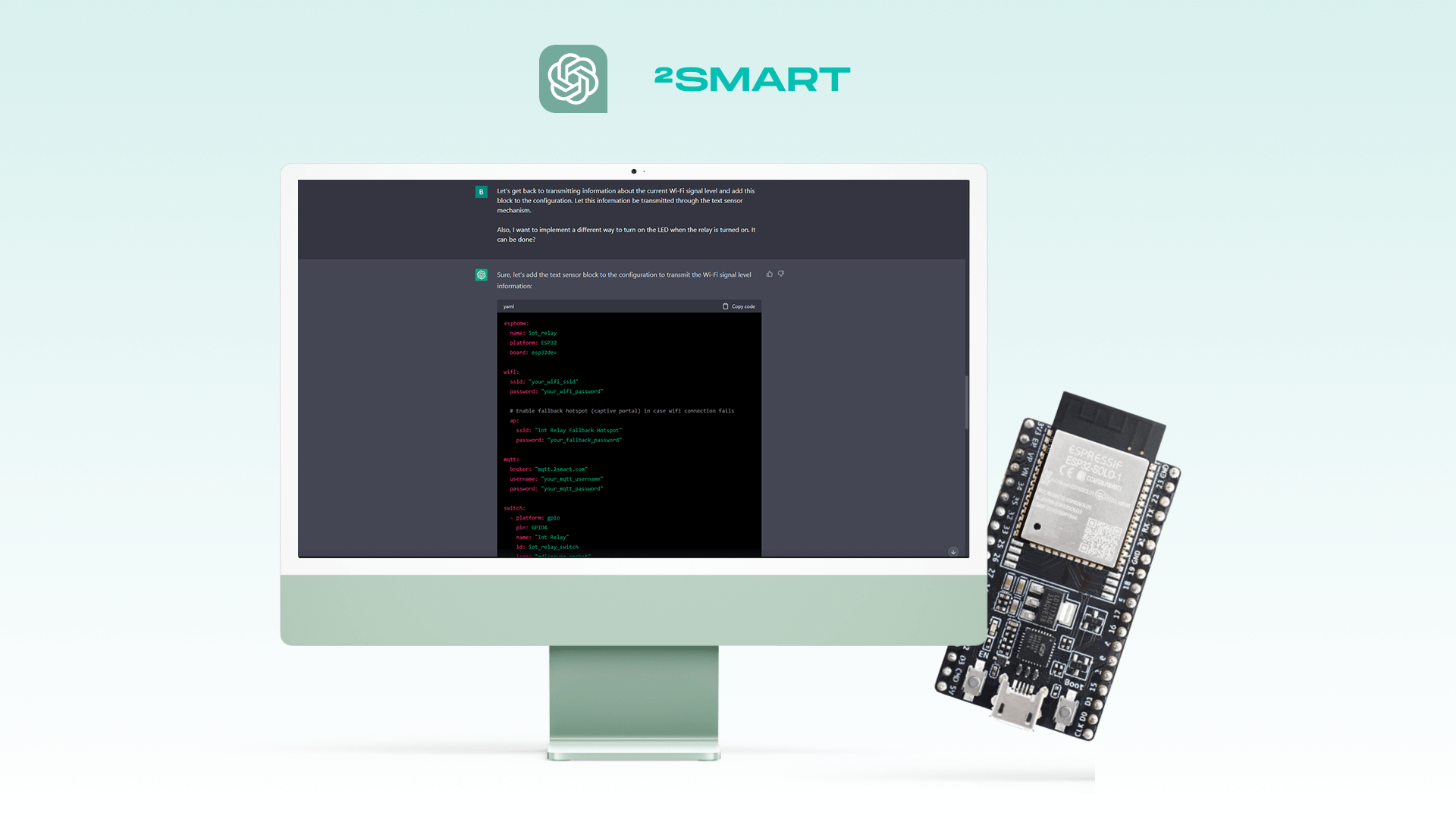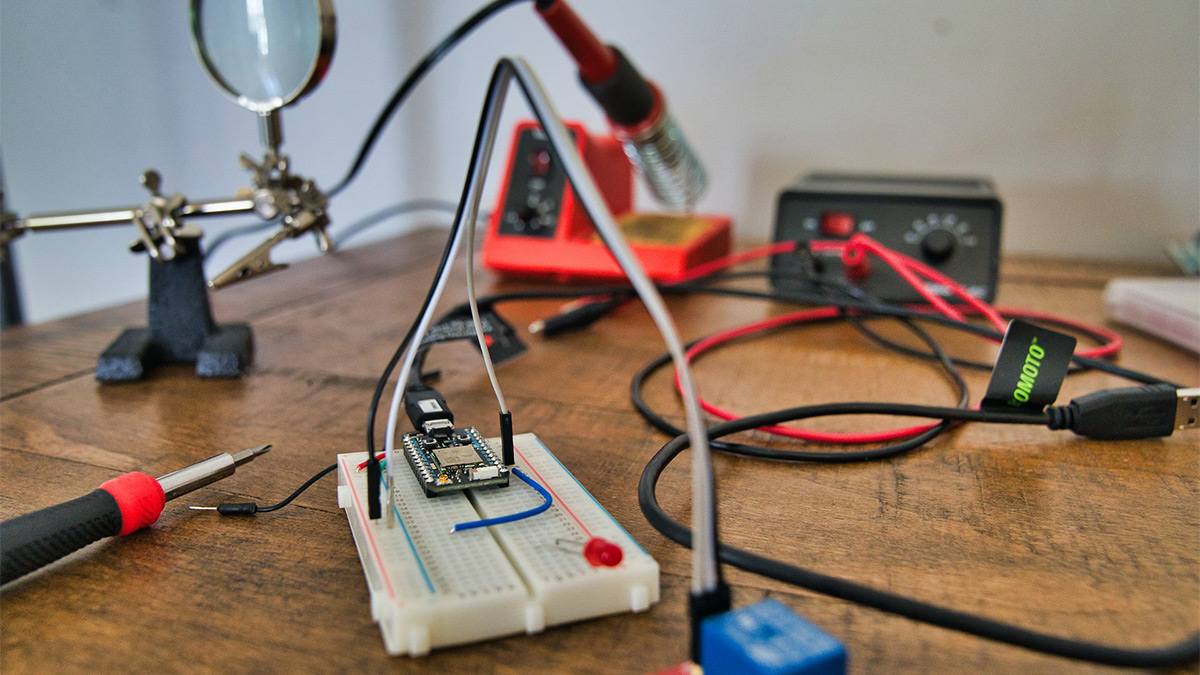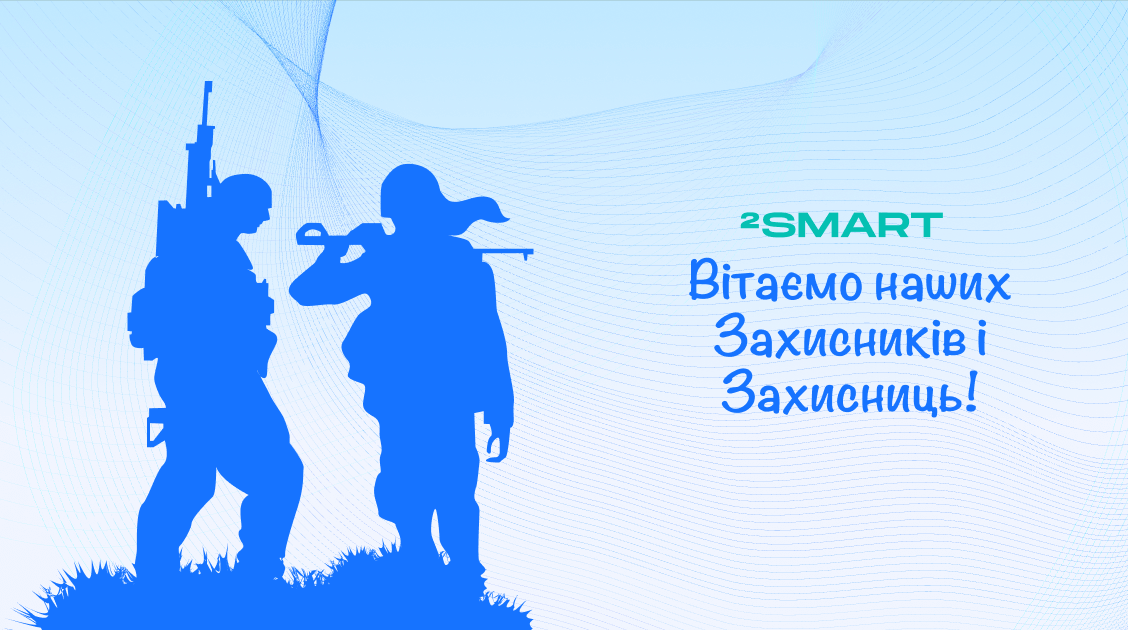Table of contents:
The Internet of Things (IoT) has revolutionized how we interact with the world, connecting devices and enabling seamless interactions between the physical and digital realms. In this context, the importance of UI/UX design in IoT cannot be overstated. A well-crafted user experience ensures usability, simplicity, and meaningful value for users. This article explores the principles, examples, and trends that drive exceptional UI/UX design in the IoT domain.
Importance of UX Design in IoT
The importance of UX design in IoT cannot be overstated. As the Internet of Things continues to shape our daily lives, providing seamless interactions between connected devices, the user experience becomes a critical factor in driving adoption and satisfaction.
A well-designed IoT UX enhances usability, simplifies complex interactions, and fosters a seamless integration between users and IoT systems. By prioritizing UX design, developers can create intuitive interfaces, streamline workflows, and optimize the overall user journey.
This not only enhances user satisfaction but also drives the success of IoT solutions. From simple consumer smart devices to such complex solutions as the cloud platform for EV charging management, the UX design plays a pivotal role in ensuring that users can easily access and control IoT systems, monitor data, and derive value from the connected ecosystem.
By considering the unique challenges and opportunities of IoT, UX design ensures that technology becomes truly user-centric, delivering convenience, efficiency, and a delightful user experience.
Principles of Great IoT Design
Great IoT design is possible only if the following principles are observed:
- Clear and Intuitive Interaction
- Seamless Connectivity
- Physical-Digital Integration
Clear and Intuitive Interaction
The design of IoT interfaces should prioritize clarity and ease of use. Users should be able to control and interact with connected devices effortlessly. By considering the interaction between IoT and UX, designers can create interfaces that are easily understandable, enabling users to perform desired actions without confusion.
While working, the designer must consider the characteristics of the target audiences of the product that will interact with the application. Namely, they need to remember the age, level of technical training and other features of end users.
Seamless Connectivity
In the world of IoT, interconnectedness is key. A successful IoT UX design ensures seamless connectivity and smooth information exchange between different devices. This allows users to interact with the entire IoT ecosystem effortlessly, accessing and controlling various connected devices as part of a unified system.
Physical-Digital Integration
IoT design goes beyond digital interfaces; it involves the integration of physical products and their user experiences. Designers need to consider how IoT physical products and their UX interact with digital interfaces to create a seamless and cohesive user experience. This includes considering factors such as product aesthetics, ergonomics, and the integration of sensors and controls.
Common Mistakes When Designing IoT User Experience
When designing the user experience (UX) for IoT, it is crucial to avoid common pitfalls that can hinder usability and user satisfaction. Understanding and addressing these mistakes will contribute to a seamless and intuitive IoT UX design.
One common mistake is overcomplicating interfaces. IoT systems can involve multiple connected devices and complex interactions. Designers should strive to simplify the user interface, making it intuitive and easy to navigate. Clear and concise instructions, logical grouping of controls, and streamlined workflows can help users effortlessly interact with IoT systems.
Ignoring user feedback is another significant mistake. Users’ experiences and feedback provide valuable insights for improving the UX design. Conducting usability testing, gathering user feedback, and incorporating iterative design processes can result in an optimized and user-centered IoT UX.
Inconsistency in design patterns and interactions across different IoT devices is another challenge. Users expect a consistent experience when interacting with various connected devices. Designers should establish a cohesive visual language, consistent navigation patterns, and standardized interactions to create a unified and familiar experience across different IoT products.
Neglecting accessibility is yet another common mistake. Designers should consider the diverse range of users and their specific needs, including users with disabilities. Incorporating accessibility features such as support for assistive technologies, clear visual cues, and adjustable font sizes can ensure that all users can access and interact with IoT systems.
By avoiding these common mistakes and focusing on creating intuitive, user-friendly interfaces, designers can enhance the overall IoT user experience, fostering engagement, satisfaction, and long-term adoption.
3 Examples of Exceptional IoT UI/UX
IoT UX/UI designers consider products such as Nest Learning Thermostat, Philips Hue Lighting System, and Fitbit Fitness Trackers classic examples of outstanding IoT UX design and use them as references in their work.
Nest Learning Thermostat
The Nest thermostat showcases an exemplary IoT UX design by providing a sleek interface that allows users to control and schedule temperature settings effortlessly. Its intuitive controls and adaptive learning capabilities contribute to a seamless user experience. The thermostat adapts to users’ preferences and energy usage patterns, resulting in enhanced comfort and energy efficiency.
Philips Hue Lighting System
The Philips Hue lighting system offers a delightful IoT UX, allowing users to control lighting through a mobile app or voice commands. With customizable features, scheduling options, and ambient lighting presets it provides an immersive and personalized user experience. Users can create different lighting moods, adjust brightness levels, and even synchronize lighting with music or movies for an enhanced ambiance.
Fitbit Fitness Trackers
Fitbit’s range of fitness trackers demonstrates effective IoT UX design by offering intuitive interfaces, real-time activity tracking, and personalized insights. The devices seamlessly integrate with a mobile app, empowering users to monitor their health and fitness levels. The app provides detailed data visualizations, goal tracking, and personalized recommendations, encouraging users to adopt healthier lifestyles.
3 Examples of Lacking IoT UI/UX Design
Unfortunately, some smart solutions suffer from ill-conceived IoT UI/UX design that can kill a great idea. Here are some examples of lacking designs.
Complicated Smart Home Systems
Some smart home systems suffer from convoluted user interfaces and complex setup processes, resulting in user frustration and limited adoption. By incorporating UI/UX design in IoT systems, designers can simplify the setup process and provide intuitive controls for smart home devices. Streamlined interfaces and guided setup wizards can make it easier for users to configure and manage their smart home ecosystem.
Inconsistent Mobile App Experiences
IoT systems often rely on mobile apps for control and monitoring. However, inconsistencies in UI/UX design across different mobile apps for managing smart devices can lead to confusion and usability issues. Ensuring a consistent and intuitive mobile app experience is crucial for seamless IoT interactions. Designers should focus on creating cohesive visual aesthetics, consistent navigation patterns, and intuitive controls across different mobile platforms.
Ineffective Use of Sensors
IoT devices often incorporate various sensors to gather data. However, if the interfaces for accessing and interpreting sensor data are not well-designed, users may struggle to understand and utilize the information effectively. UX design should focus on presenting sensor data in a meaningful and actionable way, providing users with insights that are easy to understand and act upon.
Let’s collaborate
We’re empower your business with our technology expertise
5 Questions to Answer to Improve IoT UX Design
A development team who wants to improve or bring a UX design to perfection should include the following questions in their checklist:
- How can the IoT UX design incorporate the unique characteristics of physical products into digital interfaces?
- How can the UX design of IoT systems leverage the capabilities of smart devices to enhance user interactions and functionality?
- How can developers ensure that the software supporting IoT devices is user-friendly and intuitive, considering the diverse range of users and their levels of technical expertise?
- What strategies can be employed to optimize the usability and accessibility of IoT interfaces for users with disabilities or special needs?
- How can the IoT UX design strike a balance between providing advanced functionality and maintaining simplicity for users who may not be tech-savvy?
Challenges of Modern UI/UX Design for IoT
In the rapidly evolving landscape of IoT, designers face numerous challenges in creating exceptional UI/UX experiences. One key challenge is device fragmentation, where a wide range of devices with different capabilities and interfaces coexist within the IoT ecosystem. This fragmentation poses difficulties in designing a consistent and seamless user experience across diverse devices. However, IoT device management platforms play a crucial role in addressing this challenge. These platforms provide centralized control and management of IoT devices, allowing for unified interfaces and standardized interactions. By leveraging an IoT device management platform, designers can ensure a cohesive and intuitive user experience, regardless of the specific devices within the ecosystem.
Another challenge lies in optimizing performance for resource-constrained IoT devices. With limited processing power and memory, designers must carefully craft lightweight interfaces that prioritize efficiency without compromising functionality. IoT device management platforms can aid in this optimization by offering streamlined communication protocols and resource management capabilities, contributing to improved performance and responsiveness.
Overall, IoT device management platforms offer valuable support to designers in overcoming challenges associated with device fragmentation, performance optimization, integration with smartphones, and data security. By leveraging the capabilities of these platforms, UI/UX designers can create cohesive, efficient, and secure experiences that enhance user satisfaction in the complex world of IoT.
IoT Design Future Trends
IoT design trends that have the potential to significantly change the way we think about how we interact with IoT devices include the following:
- Voice Interfaces and Natural Language Processing,
- Personalized Experiences and Contextual Adaptation,
- Energy Efficiency and Sustainability.
Voice Interfaces and Natural Language Processing
Voice-based interactions and natural language processing will play an increasingly significant role in IoT UX design. Enabling users to control and communicate with IoT devices using voice commands enhances accessibility and convenience.
Personalized Experiences and Contextual Adaptation
The future of IoT design lies in creating personalized experiences that adapt to user preferences and contextual information. By leveraging data from sensors and user interactions, UX in IoT can provide tailored interfaces and anticipate user needs.
Energy Efficiency and Sustainability
With the growing focus on sustainability, IoT UX design will emphasize energy-efficient features and interfaces. This includes providing users with insights and controls for managing energy consumption in connected devices, promoting environmentally conscious behaviors.
Conclusion
The convergence of UX design and IoT presents exciting opportunities to create intuitive and seamless experiences across a wide range of physical products and smart devices. By incorporating principles of great IoT design, avoiding common mistakes, and embracing future trends, designers can shape the future of IoT UI/UX. With a user-centric approach, IoT UX design can unlock the full potential of connected devices, enhancing convenience, productivity, and overall user satisfaction in the Internet of Things.
FAQ
What is interusability in IoT design?
Interusability refers to the creation of a seamless and delightful experience that encompasses various physical and digital interfaces.
In the realm of IoT systems, these interfaces often encompass a combination of physical and digital elements. The presence of multiple interfaces can introduce a multitude of concepts that users must comprehend, leading to considerable complexity.
The objective of interusability is to address and streamline these challenges for users. It strives to simplify users’ interactions and assist them in achieving success. Ideally, interusability enhances the overall experience, making it more enjoyable and satisfying for individuals.
What is interaction in IoT UX design?
Interaction in IoT UX design refers to the ways users engage and interact with IoT devices and systems. It encompasses the various touchpoints and actions users take to control, monitor, and receive information from connected devices. Effective interaction design in IoT focuses on creating intuitive and seamless interfaces, enabling users to perform tasks, adjust settings, receive alerts, and access data effortlessly. The goal is to provide a user experience that is efficient, meaningful, and enjoyable, ensuring that users can fully leverage the capabilities of their IoT devices.
What is service design in IoT?
Service design in IoT involves the holistic approach to designing and delivering end-to-end services and experiences that incorporate connected devices. It considers the entire user journey, from initial setup to ongoing use and support. Service design focuses on designing not only the physical and digital interfaces but also the accompanying processes, support mechanisms, and ecosystem of services around IoT devices. It aims to create seamless, valuable, and integrated experiences that go beyond individual products or devices, considering the broader context and user needs within the IoT ecosystem.
How does UX design impact energy efficiency in IoT devices?
UX design plays a vital role in optimizing energy efficiency in IoT devices. By designing intuitive interfaces that provide clear information about energy consumption and enabling users to control and manage energy usage, UX designers can empower users to make informed decisions that promote energy-saving behaviors. Additionally, thoughtful UX design can incorporate features such as intelligent scheduling, automation, and energy usage insights, enabling users to optimize the energy efficiency of their IoT devices and contribute to sustainable practices.
Don't forget to share this post!
Read Next
Let’s dive into your case
Share with us your business idea and expectations about the software or additional services.



